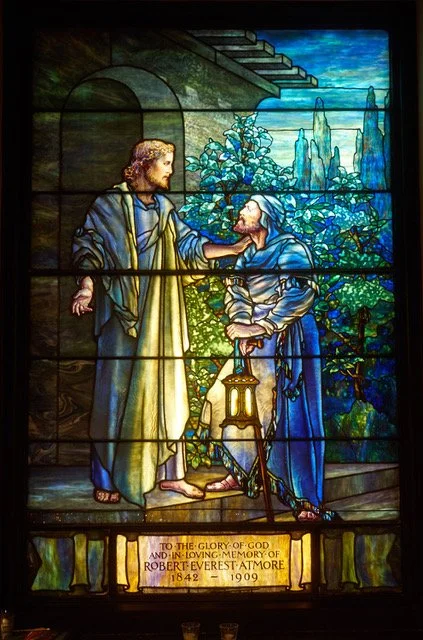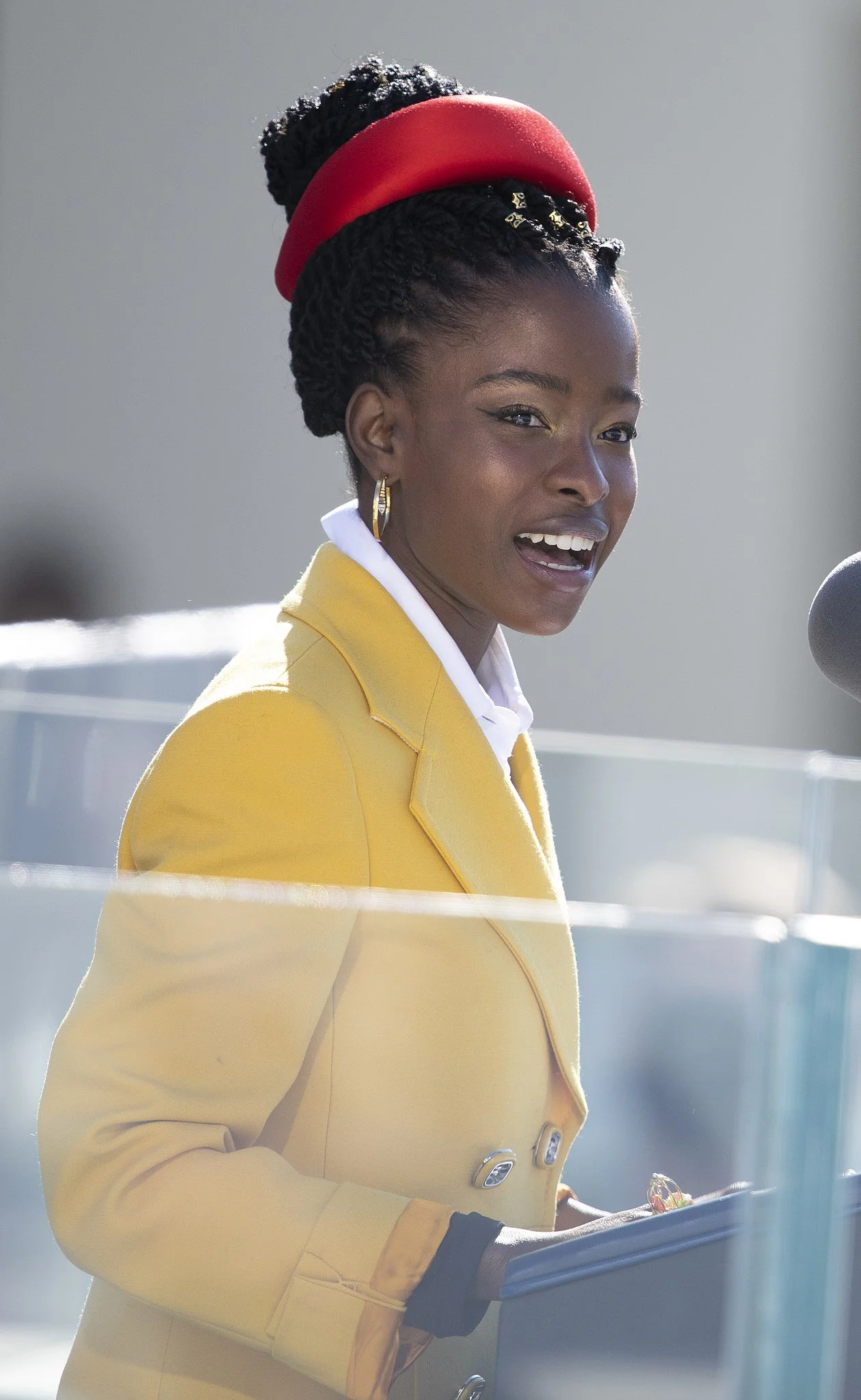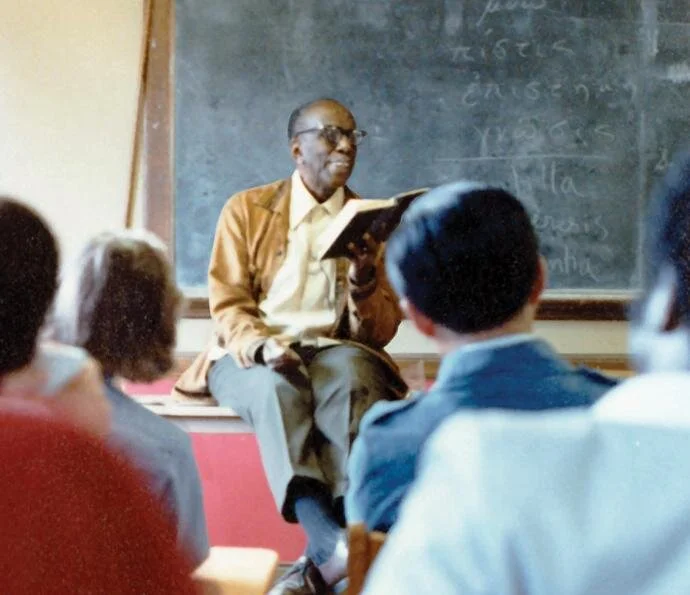On Howard Thurman (1899-1981) and a Spirituality of the Here and Now – Part I
Don’t ask what the world needs. Ask what makes you come alive and go do it. Because what the world needs is people who have come alive.
—Howard Thurman, from The Living Wisdom of Howard Thurman: A Visionary for Our Time
Photo of Howard Thurman
I. For his birthday this year, I sent one of my oldest friends, in our traditional exchange of pithy, timely quotes, the one above from Howard Thurman because it addresses the idea of calling/vocation that has been very much on our minds. My choice presents what is, very likely, Thurman’s most well-known and widely published words. We will come back to this quote in Part II on September 24.
II. Who is Howard Thurman, you ask? He was born in 1899 and died in 1981. One can find him on Wikipedia. His Google profile and his enduring presence in the pages of The Christian Century and other periodicals, are substantial, his authored works extensive. Thurman’s calling was as a theologian, Baptist minister, pastor and preacher, educator and mentor, civil rights leader and social justice advocate; all elements of this unusual calling are illuminated in these sources. Added to these materials are the numerous Thurman biographies, the most recent of which, Howard Thurman and the Disinherited by Paul Harvey, was published this year. In one sense, then, it seems to be all there.
III. There is, however, an added component that comes with the richness of Howard Thurman’s calling that is not immediately apparent: he was an authentic contemplative who struggled with the contemporary world, with what Thomas Merton described as “the world of action.” And here is where things get complicated. Thurman was committed to “contemplative non-violence.” If we examine this a little more, we begin to see the enormous complexities faced by a committed Black minister who the late John Lewis called “the saint” of the civil rights movement as he tried to make his way as a civil rights teacher, preacher, mentor and contemplative, in a violent world. It is the tension between stepping in and out of this world that interests me here.
IV. In one of her “Faith Matters” essays in The Christian Century, Stephanie Paulsell quotes the 4th Century desert father, Evagrius Ponticus: “The monk is one who is separate from all and in harmony with all (Christian Century, August 26, 2020). Paulsell notes that Evagrius uses “and” as a way of pointing out that “being separate from others and yet in harmony with them is a human capacity well within our reach.” It is not “but in harmony,” rather, “and in harmony;” significantly, both/and instead of either/or. In her essay, Pausell connects Howard Thurman to this tension:
…Howard Thurman both embodied and taught how to inhabit Evagrius’s and. Thurman had faith in the capacity of human beings to cultivate a spiritual atmosphere—a climate of compassion and attention that one person could pass on to another. Not surprisingly, perhaps, this takes us back to solitude and contemplation, how it can or cannot shape one’s life in a “world of action.”
Photo of Mahatma Gandhi
V. Howard Thurman led a very public life and, at the same time, was very deliberate about what he did, how and what he learned, and how and what he taught. Signposts in his background can give us some clues. For example, in the mid-1930’s, he went to India to meet with Mahatma Gandhi from whom he learned how to connect moral courage with a formation in contemplative prayer, and how to use this combination to strengthen the spirituality necessary for addressing racism and violence. Thurman used this lesson as the Dean of the Chapel at Howard University (1932-1944); when he later helped found the Interfaith community, the Church for the Fellowship of all Peoples in San Francisco (1944); and yet again when he became the Dean of the Chapel at Boston University (1953-1965) and first began to mentor Martin Luther King, Jr. Thurman ultimately taught King that non-violent resistance ought to be not only a “political tactic” but an essential part of the role of the contemplative person of prayer in a violent world, especially for Black Americans. In this sense, Thurman was a teacher and mentor and spiritual leader for the activists on the front lines of the civil rights movement. This is how he lived in both the “worlds” Paulsell has identified.
VI. Theologian Myles Werntz has said that Howard Thurman ought to be seen in the company of active contemplatives like Dorothee Soille, Thomas Merton and Henri Nouwen, and this contention resonates very well, especially with Henri Nouwen (cf. The Christian Century, August 28, 2019). Nouwen has a very prescient observation that reflects how Howard Thurman lived his life in his quest for a spirituality of the here and now.
“…The spiritual life can only be real when it is lived in the midst of the pains and joys of the here and now. Therefore, we need to begin with a careful look at the way we think, speak, feel, and act from hour to hour, day to day, week to week and year to year, in order to become more fully aware of our hunger for the Spirit.”
In Part II (September 24), we will return to this Nouwen quote and its insights into Howard Thurman’s way of prayer and discipline, and explore Thurman’s notion of “coming alive” (in the opening quote here). Most of all, we want to understand more about Thurman’s commitment to the transformation of the soul through contemplative prayer as a way to address racism. Finally, and importantly, we want to ask why Howard Thurman does not have a presence in the Episcopal Lectionary and why he might be absent.
Suzanne Glover Lindsay returns next week, September 17.
—Father Peter









